 |
| President Le Duc Anh (left) at José Martí International Airport in the capital La Habana, during his official friendship visit to Cuba from October 12-17, 1995. Photo: Cao Phong/VNA |
General Le Duc Anh was an excellent student of President Ho Chi Minh , an excellent son of his hometown Thua Thien Hue, and an excellent strategic commander of the Vietnam People's Army.
General Le Duc Anh (alias Sau Nam) was born on December 1, 1920 in Ban Mon village, Loc An commune, Phu Loc district, Thua Thien Hue province. He came from a family with a tradition of patriotism. His grandfather was Le Thang, a scholar who participated in the Can Vuong movement against the French. His grandmother was Cung Thi Quyen. His father was Le Quang Tuy (1885 - 1969), a doctor, often called "Teacher Tuy" by local people. His mother was Le Thi Thoa (1886 - 1967), a hard-working woman who devoted her life to her husband and children. His uncle was Le Ba Di (1901 - 1978), a member of the Tan Viet Revolutionary Party.
From the age of 17 (1937), he participated in the revolution and at the age of 18 (1938) he was admitted to the Indochinese Communist Party (now the Communist Party of Vietnam). After a period of revolutionary activities in his hometown, in 1939 when World War II broke out, he moved to work in the rubber area of Loc Ninh, Thu Dau Mot. In August 1945, he was assigned by the Thu Dau Mot Provincial Party Committee to be a member of the Standing Committee of the Provincial Party Committee, in charge of organizational and military work.
He held positions ranging from Battalion Political Commissar to Chief of Staff of Military Region 7, Military Region 8 and Saigon - Cho Lon Special Zone (1950); Deputy Chief of Staff, Acting Chief of Staff of Southern Vietnam (1951 - 1954). In May 1955, he was appointed Deputy Director of the Operations Department, then Director of the Military Department of the General Staff; and in 1958 he was promoted to the rank of Colonel. From August 1963, he held the position of Deputy Commander and Chief of Staff of the Southern Liberation Army; in 1969, he was transferred to become Commander of Military Region 9. At the end of 1974, he returned to the position of Deputy Commander of the Southern Liberation Army and was promoted from Colonel to Lieutenant General.
In particular, during the historic Ho Chi Minh Campaign in 1975, comrade Le Duc Anh assumed the position of Deputy Commander of the Campaign and Commander of the Southwest Wing (General Le Duc Anh's forces included the 5th Division, the 9th Division of the main force of the Region, the Phuoc Long Division, six independent regiments including: Regiments 16, 88, 24, 271, 172 and 27B; the 26th Tank Battalion with 17 T-54 tanks, the most modern at that time, a commando regiment, the 24th Tank Battalion with 18 PT-76 vehicles, the 23rd Armored Vehicle Battalion with 22 BTR-60 vehicles and 8 M-113 vehicles captured from the enemy; 5 Artillery Companies with 27 artillery pieces of various calibers from 85mm to 130mm; the 595th Mixed Air Defense Regiment, a 23mm anti-aircraft artillery battalion and an anti-aircraft machine gun battalion). 12.7mm. In addition, Group 232 was also reinforced by the 8th Division from Military Region 8. The total number of Group 232, including the 8th Division, was about 42,000 troops. They attacked in the West - Southwest direction to attack Saigon.
The West - Southwest direction has complex terrain with many rivers, canals, and swamps, but it is an important direction of attack to divide the enemy on National Highway 4 stretching from Ben Luc to Trung Luong intersection, occupy Tay An, My Tho, divide the road and waterway traffic between Saigon and the Southwest region, preventing them from gathering and defending in Can Tho. This direction has only one road, National Highway 4, and occupying National Highway 4 has important strategic significance. Cutting off National Highway 4 is an urgent order in the military strategy of the West - Southwest wing. With that importance, he directed the special forces to secretly occupy and prevent the enemy from destroying important bridges on the way to Saigon when they retreated; at the same time, he mobilized local people to help build roads and support means of crossing the river to ensure secrecy.
With his military strategy and experience accumulated during the two liberation wars, comrade Le Duc Anh commanded Group 232 to carry out the plan and assigned tasks. On April 28, Group 232 attacked the direct defense line of Saigon city. On April 29, 1975, Group 232 simultaneously attacked and destroyed the main enemy groups in the outer ring. On the morning of April 30, 1975, the forces of Group 232 simultaneously launched a general attack on the inner city, advancing to capture the Capital Special Zone, the National Police Command, the Police General Department, the Metropolitan Police, the Tan Binh and Binh Chanh districts, converging at the Independence Palace as planned.
Also on the West-Southwest front, on the way of marching, units of Group 232 captured the provincial capitals of Long An and Kien Tuong. With effective tactics, Group 232 successfully separated Saigon from the Western provinces, making the entire 4th Corps of the Saigon army, which was still intact with 3 infantry divisions, 1 air division and many tank, armored and naval forces, unable to rescue Saigon...
Source



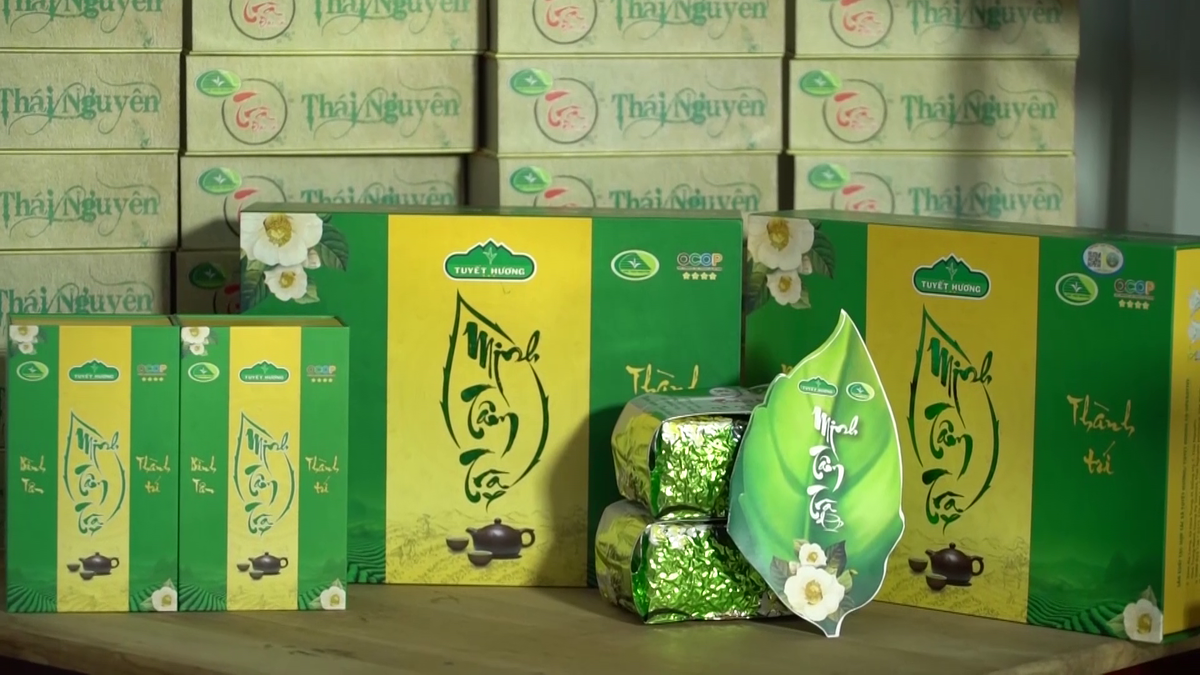

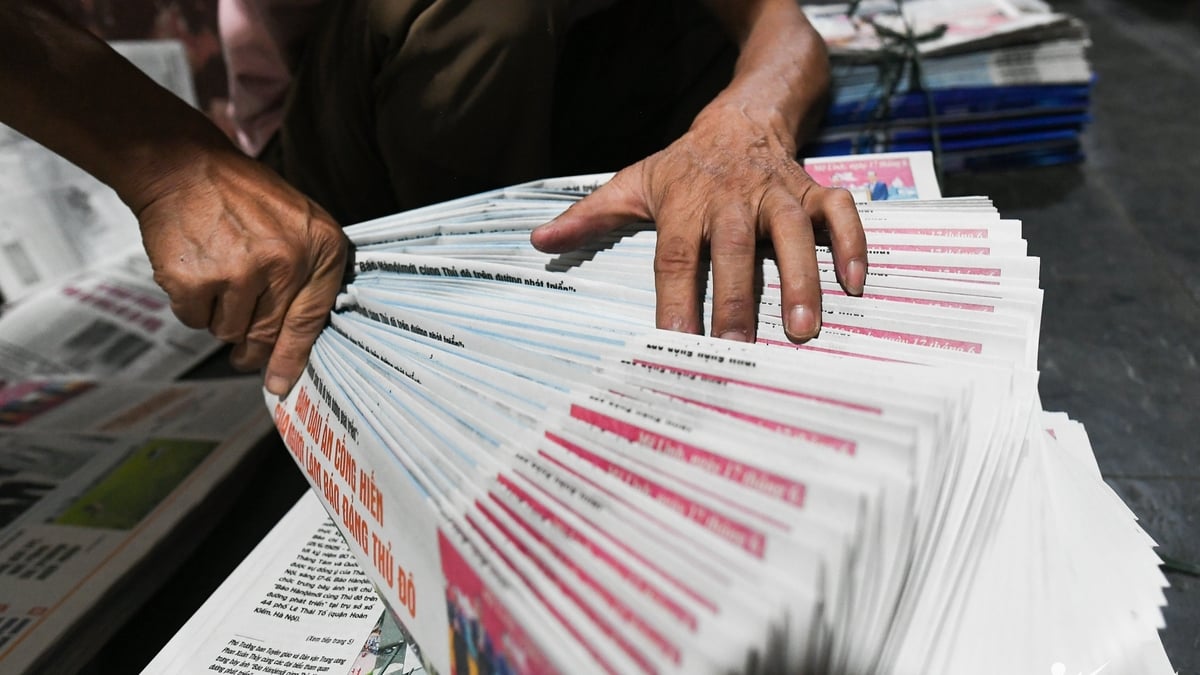
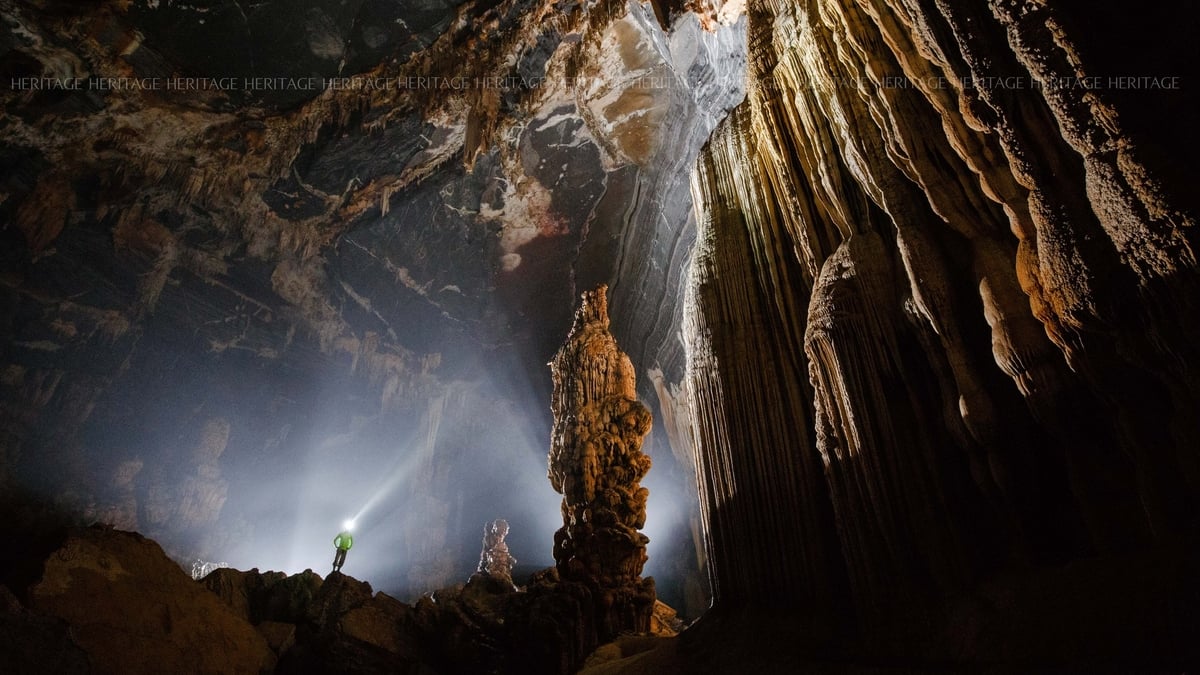
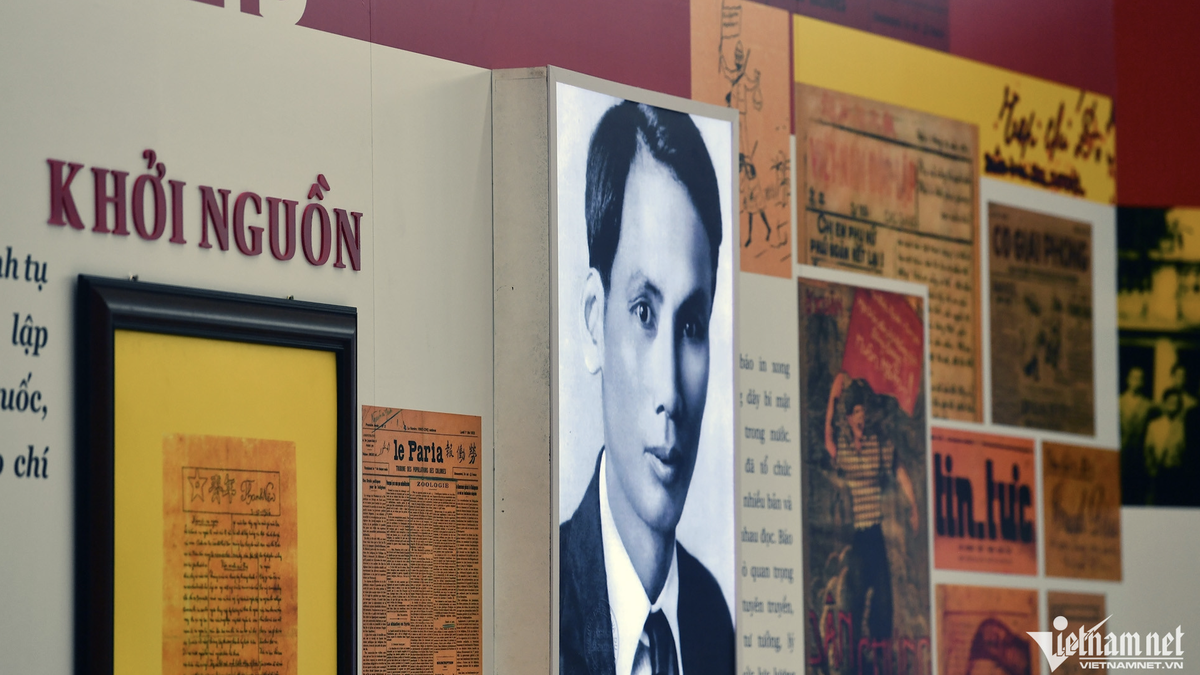
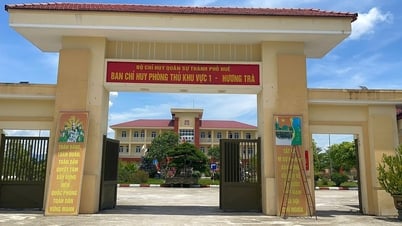

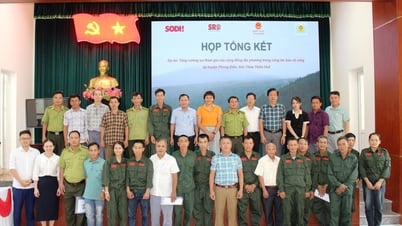
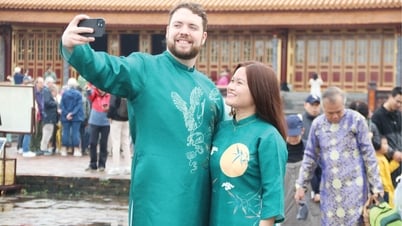

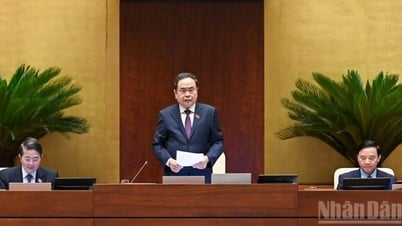
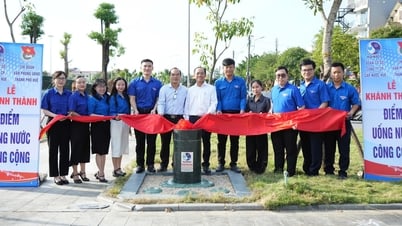
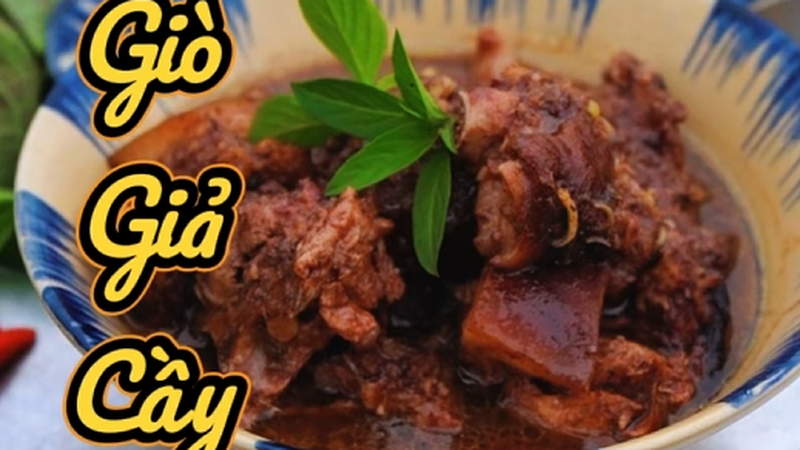




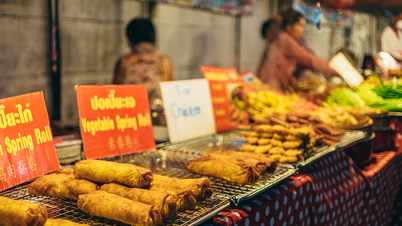

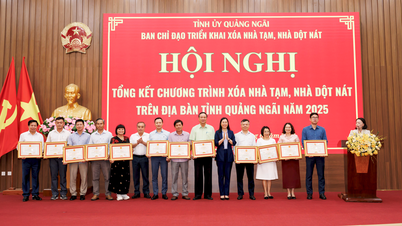
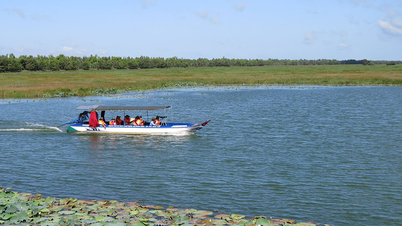

![[Photo] The 9th Congress of the Party Committee of the Office of the President, term 2025-2030](https://vphoto.vietnam.vn/thumb/1200x675/vietnam/resource/IMAGE/2025/6/20/78e7f27e8c4b4edc8859f09572409ad3)

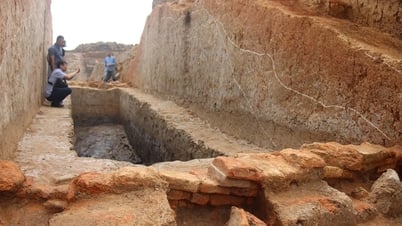

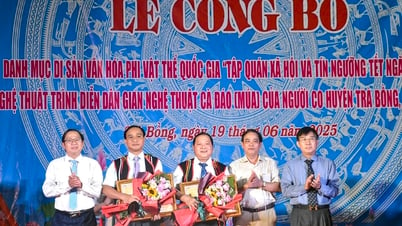



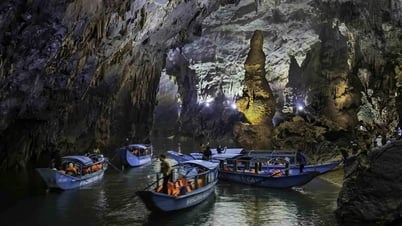

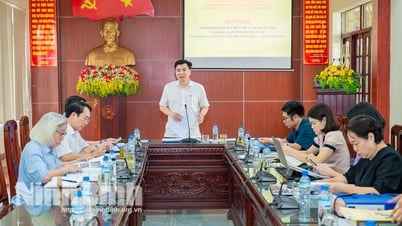

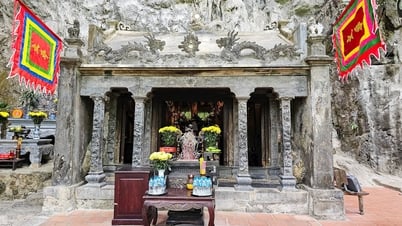

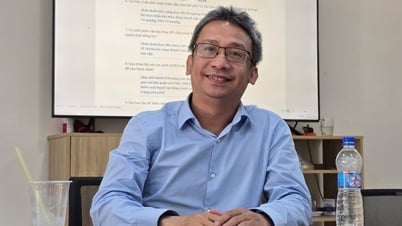


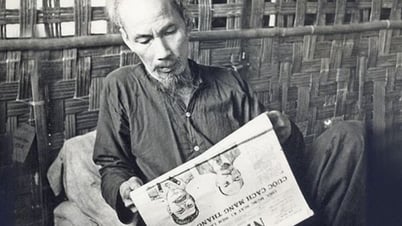
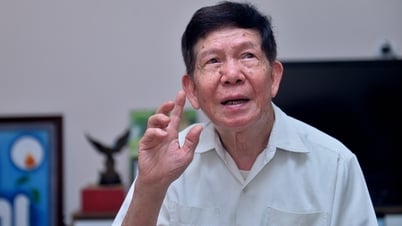
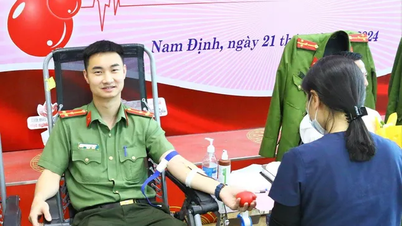

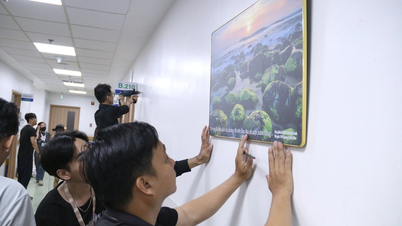

![[Maritime News] Wan Hai Lines invests $150 million to buy 48,000 containers](https://vphoto.vietnam.vn/thumb/402x226/vietnam/resource/IMAGE/2025/6/20/c945a62aff624b4bb5c25e67e9bcc1cb)


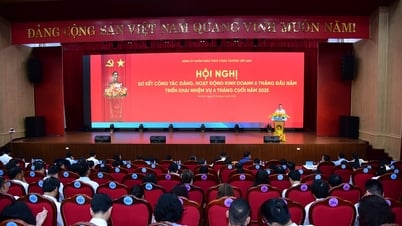
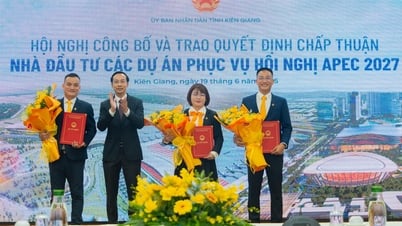



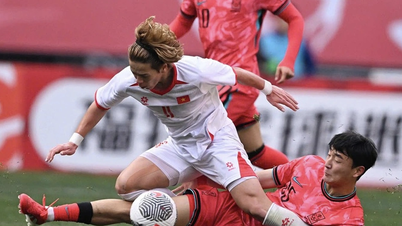

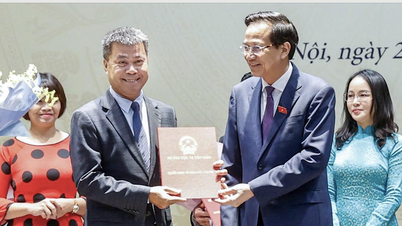

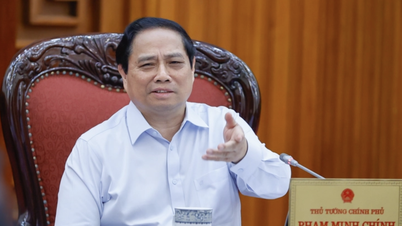
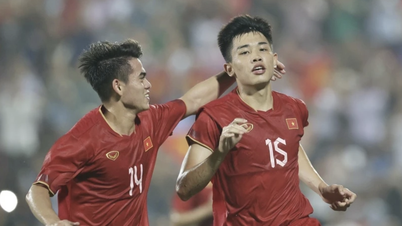



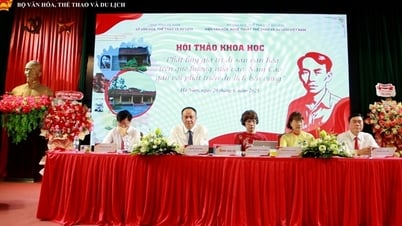
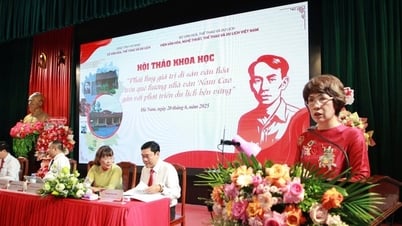

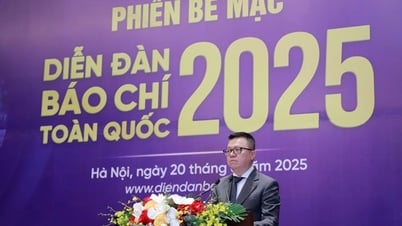
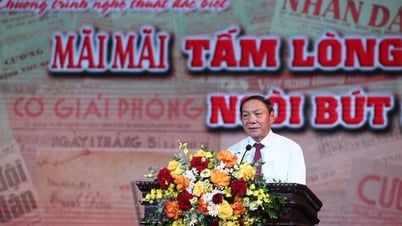

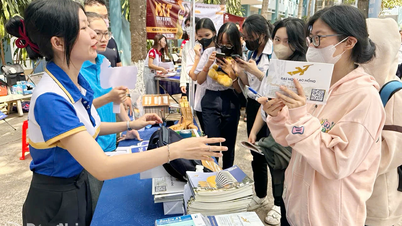

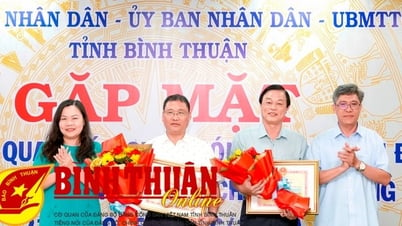

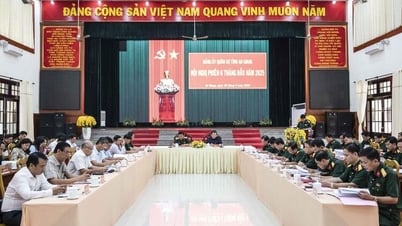

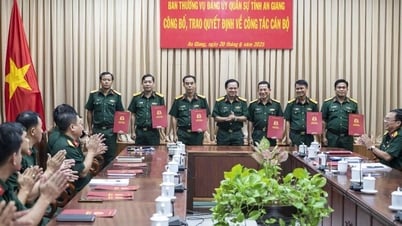
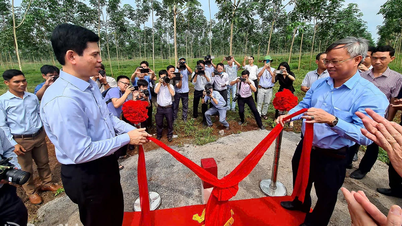
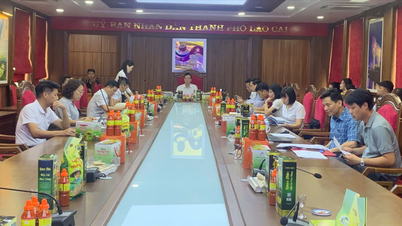



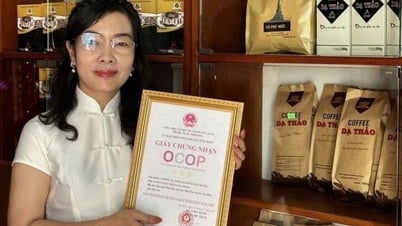











Comment (0)